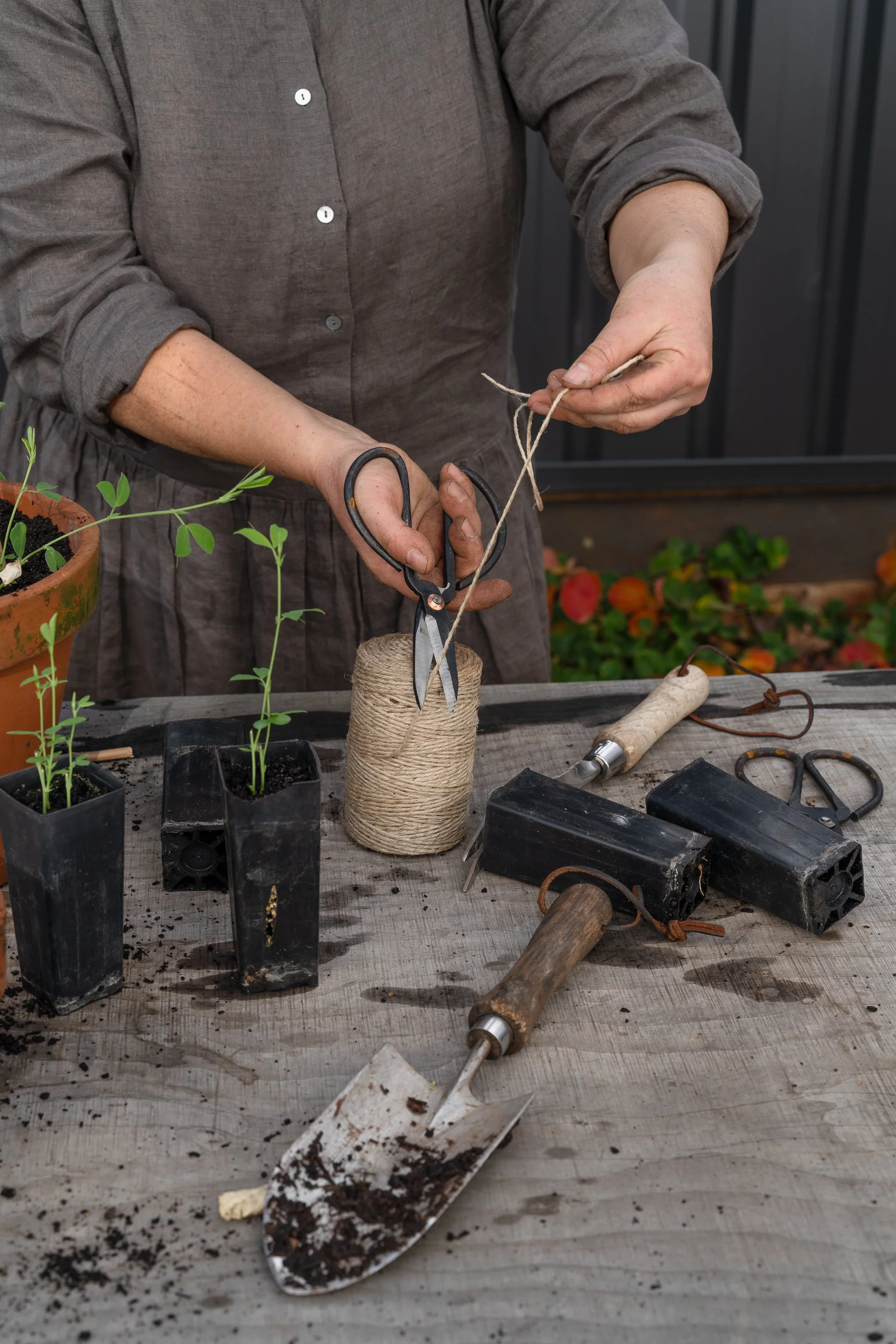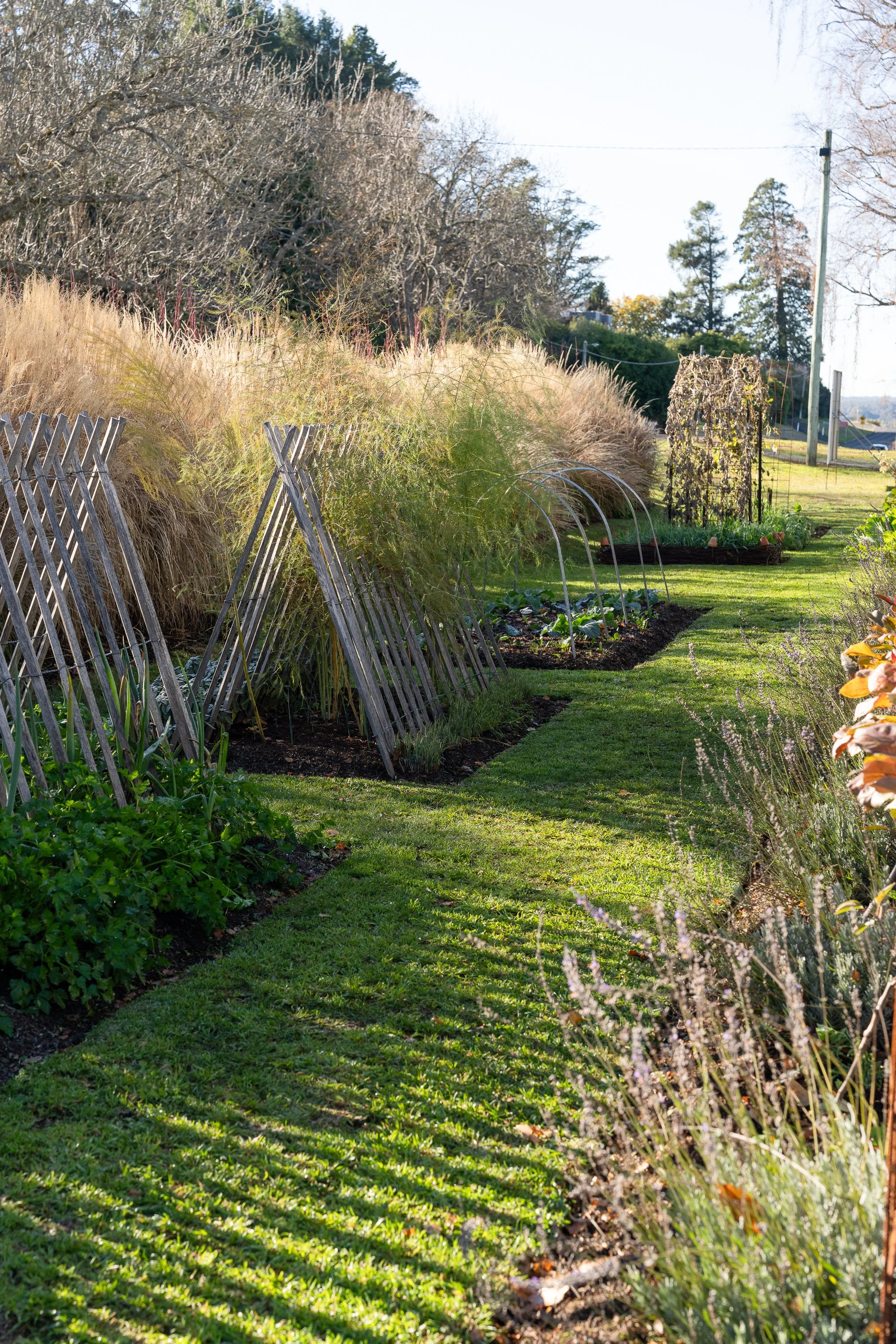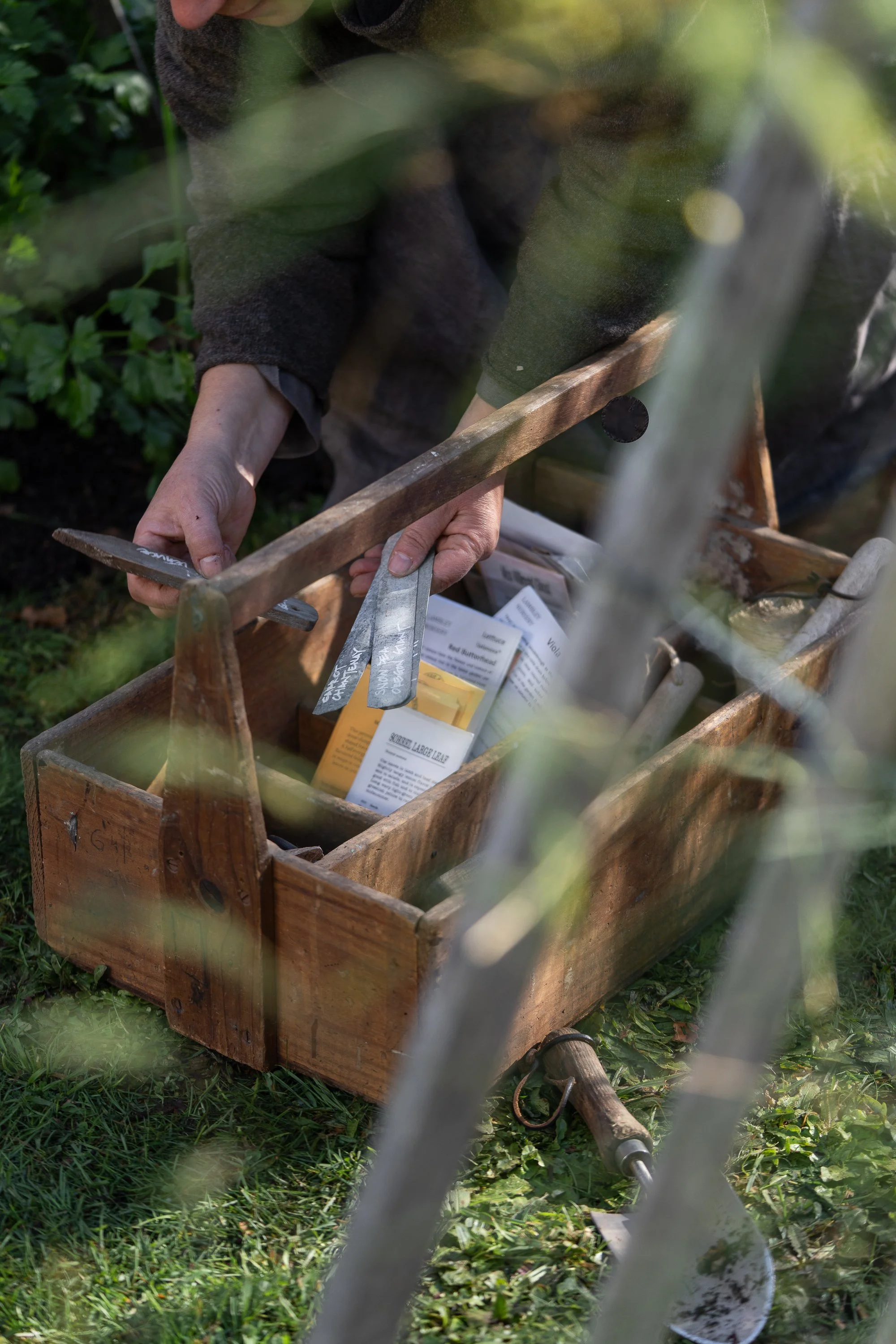October brings a sense of momentum in the garden.
Soil is warming, days are stretching, and spring growth is accelerating. This is the month to keep sowing steadily, build structure, and prepare for the abundant months ahead.
Shared tasks for all climates
These are the October jobs I keep as my base checklist:
Mulch to lock in moisture and protect warming soil.
Feed fruit trees and top-dress beds with compost.
Plant out spring annuals, evergreens, and citrus while soil is still soft.
Tie up climbing crops and trellis where needed.
Pinch tips on herbs such as basil to encourage bushier growth.
Keep sowing in succession for a continuous harvest.
Watch for pests and act early with gentle, natural control.
Water deeply and less often to encourage strong root systems.
Seeds and seedlings by climate
Here are the October highlights by climate.
Temperate
Warm season crops take off now.
Try: tomatoes, basil, beans, cucumber, zucchini, pumpkin, corn, melons, capsicum, eggplant, lettuce, rocket, silverbeet. Harden off seedlings and plant out once frost risk has passed.
Cool and alpine
Frosts may still linger in higher areas, so stay watchful.
Try: beetroot, cabbage, cauliflower, kale, peas, silverbeet, spring onions, radish. Start warmth lovers like tomatoes, basil, zucchini, and corn in trays and transplant once conditions settle.
Subtropical
Conditions are reliably warm, with storms possible along the coast.
Try: beans, cucumber, capsicum, eggplant, pumpkin, corn, okra, melons, sweet potato, taro, basil, coriander, dill. Plant passionfruit and keep mulching heavily.
Tropical
The build-up towards the wet season begins, with increasing humidity.
Try: snake beans, cowpeas, okra, zucchini, sweet corn, sweet potato, taro, basil, coriander. Shade cloth or afternoon protection helps tender crops.
Arid
Heat is climbing quickly, so protect soil and conserve water.
Try: tomatoes, capsicum, eggplant, zucchini, pumpkin, melons, okra, corn, basil, oregano. Plant in cool parts of the day and mulch deeply.
How I work with October
I see October as the turning point of spring — the garden shifts from tentative beginnings to full momentum. I keep sowing little and often, making sure I’m not overwhelmed all at once. I also start building in structure now: staking tomatoes, weaving in trellises, and tying up climbers before they surge. It’s about keeping ahead of growth so that abundance feels generous rather than unruly.
Quick checklist
Mulch and feed fruit trees.
Succession sow warm-season crops.
Tie in climbing beans, peas, and cucumbers.
Pinch herbs like basil.
Protect tender crops in frost or harsh sun zones.
Water deeply and mulch to conserve soil moisture.
Continue your gardening journey with me
If you enjoy this kind of content, my workshops offer more detail and guidance on design, productivity and seasonal care.
If you are building your garden from home right now, my ebooks on Wicking Bed Gardens and Introduction to Backyard Chicken Keeping offer practical step by step guidance that pairs well with the workshops.
You may want to check out my related content below:
Workshops are back. Gathering again for Spring – Discover the rest of the years workshops — from Garden Design, Productive Gardens, Wicking Beds and Medicinal Gardens.
Rooted in Reflection, Growing with Intention – Explore the intentionality behind creating a garden that serves both purpose and beauty.
September garden tasks for Australian climates — Explore last months quick tips and my must dos.
Stay connected for more seasonal inspiration:
Instagram | Facebook | Gardenstead | LinkedIn | Pinterest | YouTube | Website | Newsletter
Thanks so much for following along.
Natasha xx





























